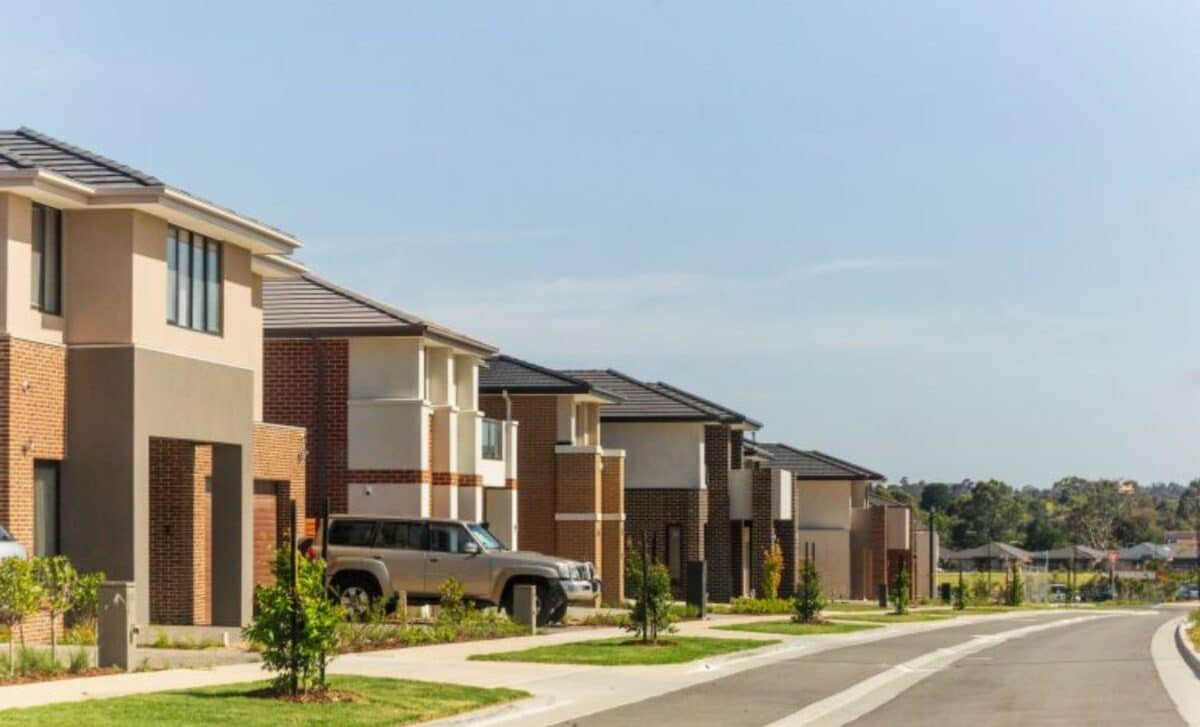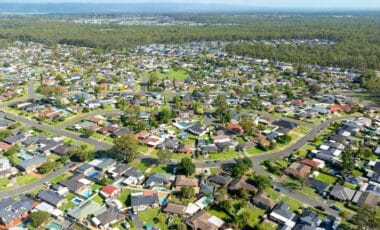Australia is facing a worsening housing shortfall, with the number of missing dwellings now nearing 300,000, driven by population growth outpacing residential construction.
The crisis, according to AMP’s chief economist Dr Shane Oliver, stems from a structural imbalance between immigration-fuelled demand and sluggish housing supply.
A decade after a high-rise construction boom helped ease earlier shortages, the dwelling deficit has re-emerged. Post-pandemic immigration has surged, yet residential development has failed to keep pace, reviving concerns about long-term affordability and access to accommodation.
Migration-Fuelled Demand Exceeds Supply Capacity
According to Dr Shane Oliver, the underlying demographic demand—primarily driven by net overseas migration—continues to “run well ahead of new housing supply”, which is constrained by cost and capacity limitations. This mismatch is pushing the cumulative housing shortfall back toward levels not seen since before the mid-2010s apartment boom.
Until the mid-2000s, Australia’s housing supply and demand were roughly in balance. However, the situation changed when the federal government more than doubled net overseas migration.
Without a corresponding uplift in home building, a structural shortage emerged. Although a spurt in high-rise developments between 2015 and 2020 temporarily narrowed the gap, the COVID-19 pandemic briefly reversed migration trends, nearly eliminating the deficit.
Since borders reopened, record post-pandemic immigration has reignited housing pressures. AMP estimates the current shortfall stands between 200,000 and 300,000 dwellings.
Dr Oliver argues that returning net migration to around 200,000 annually, while building approximately 240,000 dwellings per year, could close the gap within five years. He advocates calibrating immigration levels in line with the construction sector’s delivery capacity going forward.
Lessons From Canada’s Immigration Pause
In a comparable scenario, Canada experienced similar housing market strain due to an immigration surge, which contributed to record-low rental vacancy rates and elevated rental inflation. In response, the Canadian government introduced a three-year population freeze in 2024, halting growth at 41.6 million residents.
According to the same report, this policy shift has aligned housing construction more closely with demographic growth. The number of temporary migrants declined in Q4 2024, easing pressure on demand. Canadian asking rents have since fallen for six consecutive months, signalling that the supply-demand imbalance is correcting.
The contrast between Australia’s ongoing policy of high migration and Canada’s temporary freeze underscores a critical debate: whether population growth should be governed by housing capacity.
Dr Oliver describes the concept as “just a statement of the obvious”, warning that continuing with Big Australia-style immigration without adjusting construction targets will only perpetuate the housing crisis.









